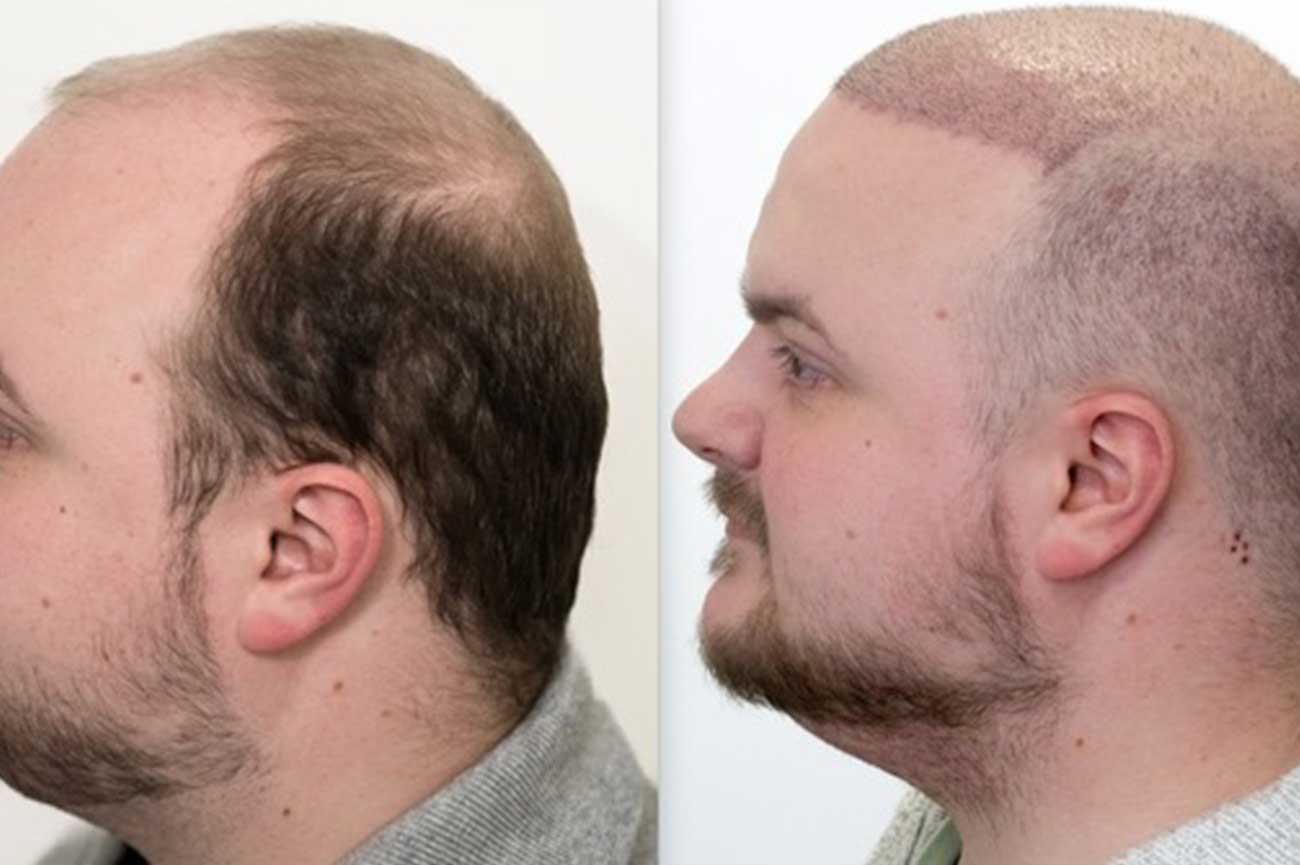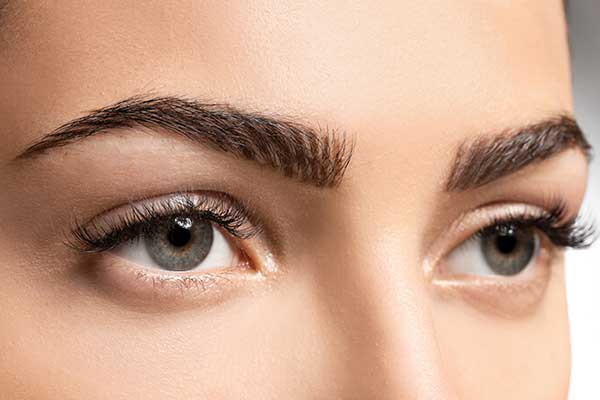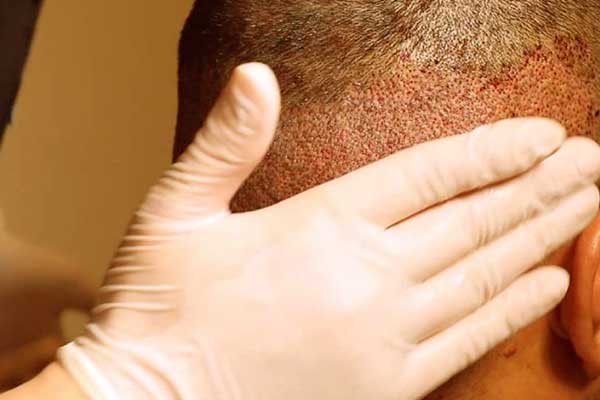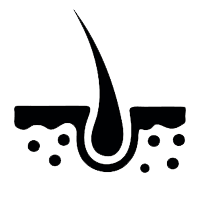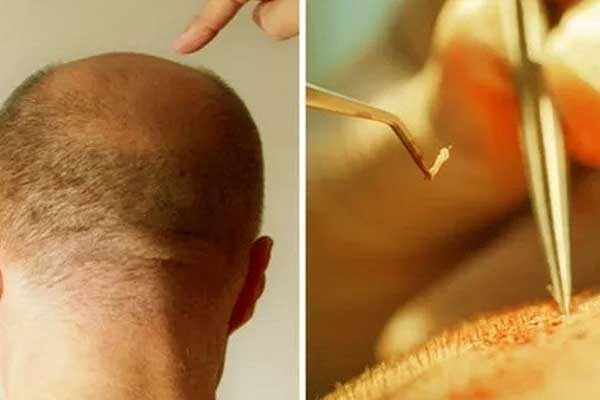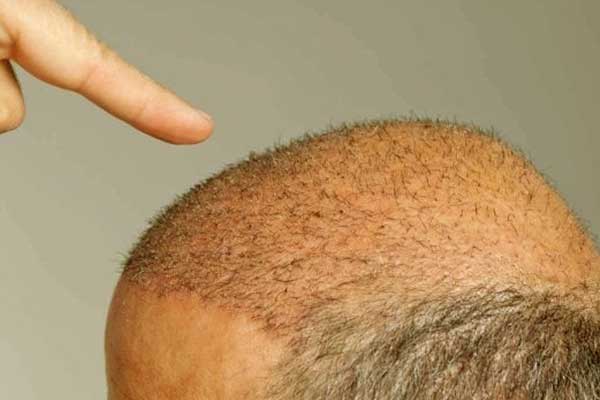Beard Transplant in Turkey: Complete Before and After Guide
Understanding Beard Transplant in Turkey: A Comprehensive Guide
The beard stands as one of a man’s most defining facial features, playing a crucial role in overall appearance and confidence. However, many men struggle with patchy growth or inability to grow a full beard due to genetic factors, hormonal issues, or scarring. Beard transplant procedures have emerged as a permanent solution to these concerns, with Turkey establishing itself as a global leader in this specialized field.
This comprehensive guide explores everything you need to know about beard transplant in Turkey, from the procedure details to the impressive before and after results, along with costs and essential information to help you make an informed decision.
- Searching for top-tier doctors and clinics in Turkey?
- Experience world-class care with our exclusive all-inclusive packages at unbeatable prices.
We’re dedicated to offering you the same exceptional service we’d choose for ourselves.
What is a Beard Transplant?
A beard transplant is a cosmetic procedure involving the extraction of healthy hair follicles (grafts) from a suitable donor area of the body—typically the back of the scalp—and their transplantation to beard areas suffering from sparse growth. This procedure creates a permanent solution for men seeking a fuller, more defined beard.
Why Men Choose Beard Transplants
Several factors motivate men to undergo beard transplant procedures:
- Genetic factors limiting beard growth
- Patchy beard areas with inconsistent growth
- Scarring from burns, injuries, or previous surgeries
- Desire for a denser, more attractive beard
- Enhanced self-confidence and masculine appearance
At Lovi Clinic, we understand these motivations and work with each patient to create personalized treatment plans that address their specific concerns and aesthetic goals.
Advanced Beard Transplant Techniques in Turkey
Turkey offers two primary beard transplant techniques, both delivering excellent results when performed by skilled specialists:
1. FUE (Follicular Unit Extraction) Technique
The FUE technique is the most widely used method for beard transplantation. This minimally invasive procedure involves:
- Individual extraction of hair follicles from the donor area
- Creation of micro-channels in the target beard region
- Careful implantation of follicles with precise attention to angle and placement
The FUE method offers several advantages:
- Minimal visible scarring
- Relatively short recovery period
- Natural-looking results
- Reduced post-operative discomfort
[Note: Insert original image of FUE beard transplant procedure]
2. DHI (Direct Hair Implantation) Technique
The DHI technique represents an evolution of FUE, featuring:
- Individual follicle extraction similar to FUE
- Direct implantation using a specialized Choi pen device
- No pre-made incisions required, as the device handles extraction and implantation in one step
DHI benefits include:
- Higher precision in hair placement
- Increased density possibilities
- Shorter recovery time
- Less trauma to surrounding tissues
[Note: Insert original image of DHI beard transplant procedure]
The Beard Transplant Journey at Lovi Clinic
Initial Consultation and Planning
Before the procedure, our specialists will conduct:
- Comprehensive assessment of beard condition and skin type
- Determination of required graft numbers
- Custom beard design suited to facial features
- Discussion of expectations and potential outcomes
Pre-Procedure Preparation
On the day of the procedure:
- Local anesthesia application to minimize discomfort
- Preparation of the donor and recipient areas
- Patient briefing on the procedure steps
Follicle Extraction from Donor Area
- Healthy follicles are precisely extracted from the donor region (typically back of the scalp)
- Extracted follicles are placed in a special solution to maintain viability
- Follicles are sorted according to the number of hairs in each unit
Recipient Area Preparation and Implantation
- Surgeon carefully maps the beard design and creates implantation plan
- Micro-channels are created in the face at studied angles
- Follicles are implanted considering the natural direction of hair growth
Post-Procedure Instructions and Aftercare
- Detailed instructions for care of the transplanted area
- Prescription of necessary medications such as antibiotics and pain relievers
- Scheduling of follow-up appointments
[Note: Insert original image of beard transplant procedure steps]
Recovery Timeline and Results (Before and After)
Days 1-7 Post-Procedure
- Formation of small crusts around transplanted follicles
- Mild swelling and some redness in the area
- Possible itching sensation that should not be scratched
- Gradual shedding of crusts after 7-10 days
Weeks 2-4
- Shedding of transplanted hair (a natural phenomenon known as “shock loss”)
- Complete disappearance of swelling and redness
- Possibility to begin gentle shaving after 3 weeks
Months 1-3 Post-Procedure
- Gradual growth of new hair from transplanted follicles
- Initially thin and fine new hair growth
- Progressive improvement in beard appearance
Months 4-6 Post-Procedure
- More visible hair growth
- Increased thickness of transplanted hairs
- Beginning of noticeable procedure results
Months 6-12 Post-Procedure
- Complete growth of most transplanted follicles
- Achievement of good density and final beard shape
- Ability to style and groom the beard as desired
[Note: Insert original before and after images showing progression]
Required Graft Numbers for Beard Transplantation
The number of grafts required for a beard transplant varies based on:
- Size of the area to be transplanted
- Desired hair density
- Condition of existing follicles
Based on the transplant area size, cases can be classified as follows:
Case 1: 400-1,000 Grafts
Suitable for men with small patches in an otherwise dense beard. This quantity is sufficient to cover gaps and achieve a consistent beard appearance.
Case 2: 1,000-2,000 Grafts
For men with lower density and sparse facial hair growth. This quantity helps achieve a complete beard appearance.
Case 3: 2,000-2,800 Grafts
For cases with very thin growth and large patches. These cases require at least 2,000 grafts to obtain a beard with good density.
Case 4: 2,800-3,500 Grafts
For men with almost complete absence of beard hair growth. These cases require between 2,800 and 3,500 grafts to achieve a thick, dense beard.
[Note: Insert original diagram showing different graft requirement cases]
Beard Transplant Cost in Turkey
Turkey has become a preferred destination for beard transplants due to the ideal balance between cost and quality. Hair transplant costs in Turkey, including beard transplants, range between $2,000 and $2,600, depending on several factors:
Factors Affecting Cost
- Number of Required Grafts: More grafts generally mean higher cost
- Technique Used: DHI typically costs more than FUE
- Clinic Reputation and Surgeon Experience: More reputable clinics may charge premium rates
- Additional Services: Accommodation, transportation, translation, post-operative care
Global Cost Comparison for Beard Transplants
| Country | Average Cost (USD) |
|---|---|
| Turkey | $2,000 – $2,600 |
| United States | $7,000 – $14,000 |
| United Kingdom | $6,000 – $9,000 |
| Germany | $5,000 – $8,000 |
| Canada | $7,500 – $12,000 |
As evident from the comparison, beard transplant costs in Turkey are 50-70% lower than in Western countries, while maintaining the same level of quality and professionalism.
- Dreaming of premium medical care in Turkey?
- Discover top-rated doctors and state-of-the-art clinics with our tailored, all-inclusive packages at unbeatable prices.
We’re here to provide you with care that exceeds expectations—because you deserve the best.
Contact us now and let us craft the perfect offer just for you!
Post-Beard Transplant Care
Post-procedure care is essential for optimal results. Here are key instructions for beard care after transplantation:
First Days (1-7 Days)
- Avoid touching or rubbing the transplanted area
- Sleep with head elevated at a 45-degree angle
- Avoid direct sun exposure
- Gently wash face according to doctor’s instructions
- Take prescribed medications as scheduled
Second Week (8-14 Days)
- Gradual shedding of crusts (normal process)
- Continue to avoid shaving
- Gradual return to light daily activities
After Two Weeks
- Begin gentle shaving after approximately 3 weeks
- Avoid strenuous sports activities for at least one month
- Continue applying moisturizing creams as recommended by the doctor
Beard Transplant Results (Before and After) – Real Testimonials
[Note: Section for original before and after images and real testimonials from Lovi Clinic patients]
Beard Growth Timeline After Transplantation
| Stage | Time After Procedure | What Happens |
|---|---|---|
| Initial Healing | 0-14 days | Crust formation, mild swelling, redness |
| Shedding Phase | 2-4 weeks | Most transplanted hair falls out (shock loss) |
| Dormant Phase | 1-3 months | Quiet period before new growth begins |
| Initial Growth | 3-6 months | Gradual new hair growth |
| Advanced Growth | 6-9 months | Increased hair density and thickness |
| Final Results | 9-12 months | Complete growth and final results |
Factors Affecting Beard Transplant Success
1. Surgeon Experience and Clinic Reputation
The surgeon’s experience plays a crucial role in procedure success. Choose a surgeon specialized in hair transplantation with a strong track record of successful results.
2. Quality of Transplanted Follicles
The quality and viability of follicles extracted from the donor area affect transplant success and follicle survival rate.
3. Adherence to Post-Procedure Instructions
Following the doctor’s instructions precisely after the procedure greatly contributes to ensuring optimal results.
4. Proper Nutrition and Body Health
Maintaining a balanced diet and good general health improves transplant success chances and accelerates recovery.
Frequently Asked Questions About Beard Transplants in Turkey
1. Is a Beard Transplant Permanent?
Yes, beard transplants provide permanent results. Unlike scalp hair transplants, transplanted beard hair is not susceptible to loss as the implanted follicles retain their original characteristics.
2. Does Beard Transplantation Leave Visible Scars?
When using FUE or DHI techniques, scarring is minimal and not visible to the naked eye. There may be very fine scars in the donor area, but these are hidden by surrounding hair.
3. When Can I Return to Work After a Beard Transplant?
You can return to work 3-4 days after the procedure, but this depends on the nature of your work. If your job requires physical exertion, you may need a longer rest period.
4. What’s the Appropriate Age for a Beard Transplant?
It’s recommended to wait until at least the mid-twenties, when the beard has fully developed in terms of growth and density, helping the doctor better assess the condition.
5. Is Everyone a Candidate for Beard Transplantation?
Not everyone can undergo beard transplantation. Eligibility depends on:
- Availability of a suitable donor area with sufficient follicles
- General health condition
- Absence of skin diseases in the transplant area
- Realistic expectations of results
6. Is the Beard Transplant Procedure Painful?
The procedure is performed under local anesthesia, so patients don’t feel pain during the process. There may be mild discomfort during anesthesia injection and some post-procedure discomfort, but this can be managed with pain medication.
Why Choose Turkey for Beard Transplantation?
Expertise and Specialization
Turkey has a global reputation in hair and beard transplantation, with specialized clinics and doctors with extensive experience in this field.
Advanced Techniques
Turkish clinics use the latest technologies and equipment for beard transplantation, ensuring optimal results and minimal side effects.
Comprehensive Medical Tourism
Most clinics in Turkey, including Lovi Clinic, offer comprehensive packages including:
- Accommodation in quality hotels
- Transportation to and from the airport and clinic
- Translation services for communication with medical staff
- Remote post-procedure follow-up
Cost-Effectiveness
As mentioned earlier, Turkey offers the same quality level found in Western countries at a much lower cost, making it an economical choice for those seeking beard transplantation.
Conclusion
Beard transplantation in Turkey has become an effective and permanent solution for men suffering from uneven beard growth issues. With advanced techniques and the high expertise of Turkish doctors, it’s now possible to achieve natural and satisfactory results at a reasonable cost.
If you’re considering a beard transplant, choosing a reputable clinic in Turkey like Lovi Clinic could be the first step toward a dense and attractive beard that enhances your confidence and appearance.
Remember that patience is important after the procedure, as final results appear after 9-12 months. With adherence to post-procedure care instructions, you can enjoy a natural-looking beard with satisfactory density for many years.
For more information and to book a free consultation, you can contact Lovi Clinic’s specialized team in beard and hair transplantation.
Scientific References
- International Society of Hair Restoration Surgery (ISHRS) – Hair and Beard Transplant Guide for Patients
- Study published in the Journal of Cosmetic Surgery (2024) – “Long-term Results of Beard Transplantation: Analysis of 1,000 Cases”
- European Association of Plastic Surgeons Protocols for Hair and Beard Transplantation (2023)
- Textbook of Cosmetic Surgery of the Face, Head, and Neck – Chapter on Hair and Beard Transplantation (7th Edition)
This article was published by Lovi Clinic, a medical tourism platform specializing in Turkey that guarantees patient satisfaction thanks to its extensive experience in medical tourism. The team can guide you to the most renowned doctors and accredited hospitals in Turkey.
- Looking for the Best Doctors and Clinics in Turkey?
- We offer all-inclusive packages and unbeatable prices.
Our mission is to provide you with the level of care we’d want for ourselves.

